How can you clearly illustrate multiple threads of execution in a sequence diagram or similar diagram?
I haven't been able to find any clear examples. All diagrams I see are used to illustrate a single thread.
Update: The accepted answer was the best example I saw but it does leave a fair bit to be desired. I ended up illustrating the threads in separate sequence diagrams. I'm not sure if the sequence diagram necessarily works for multiple threads.



